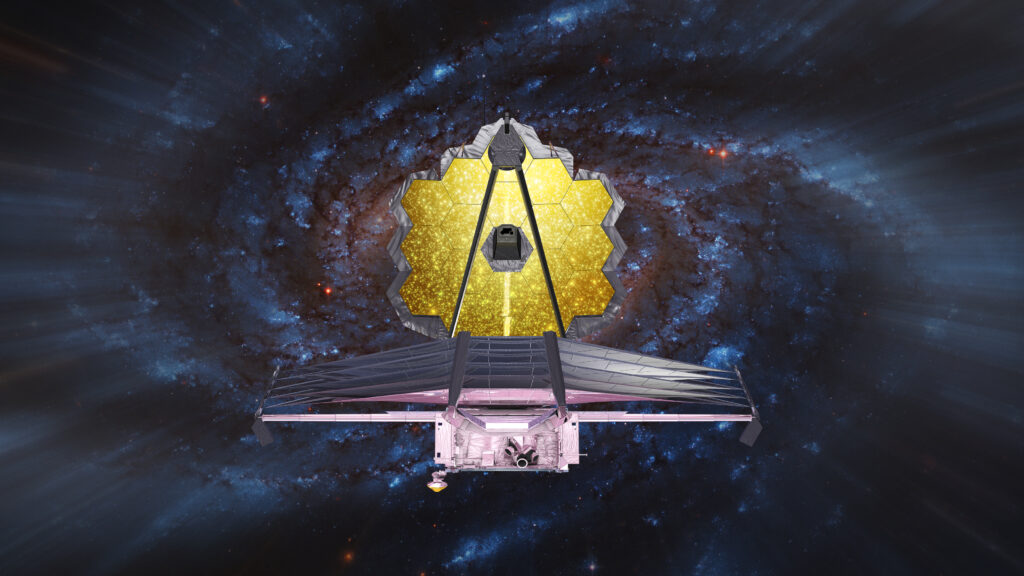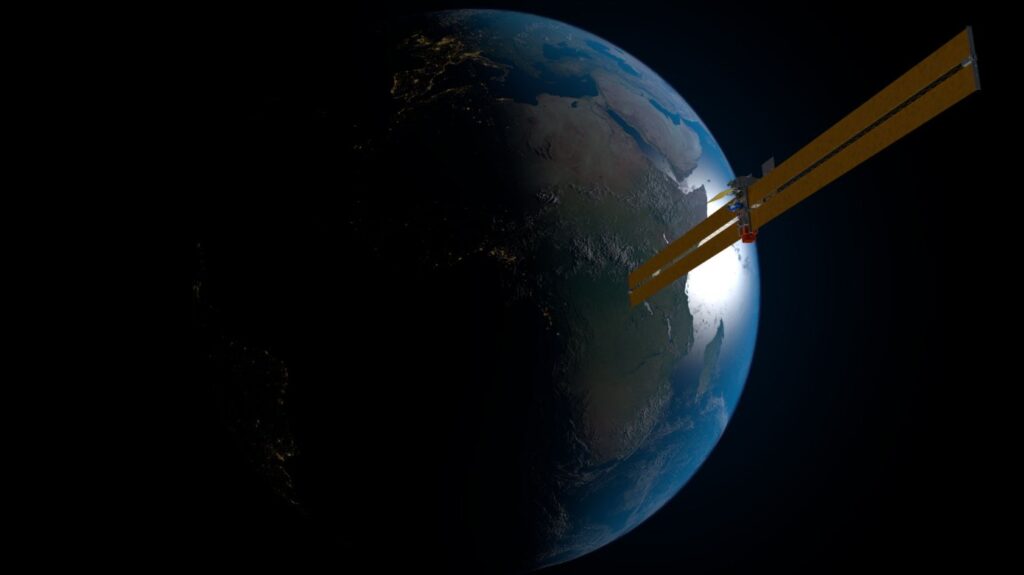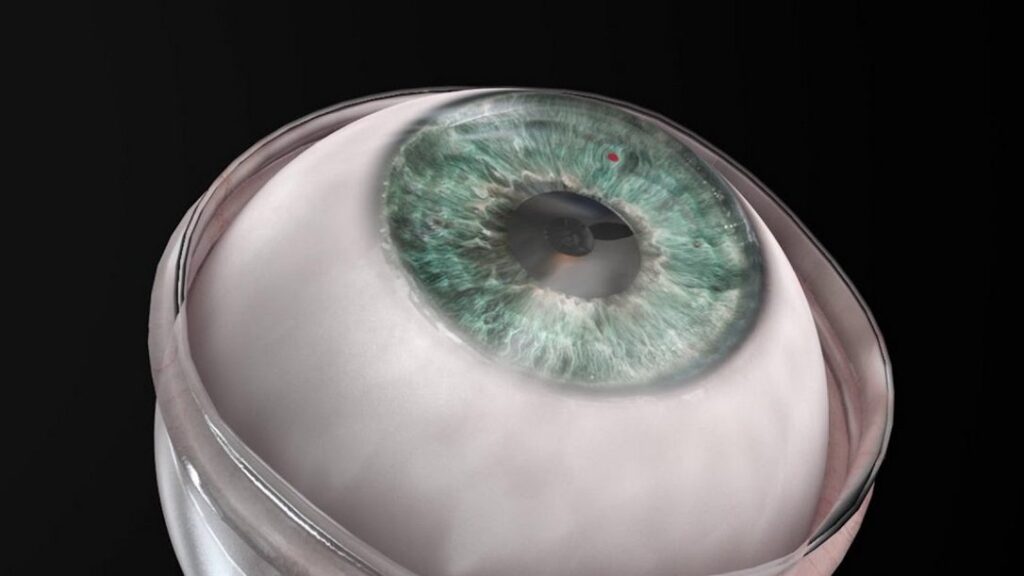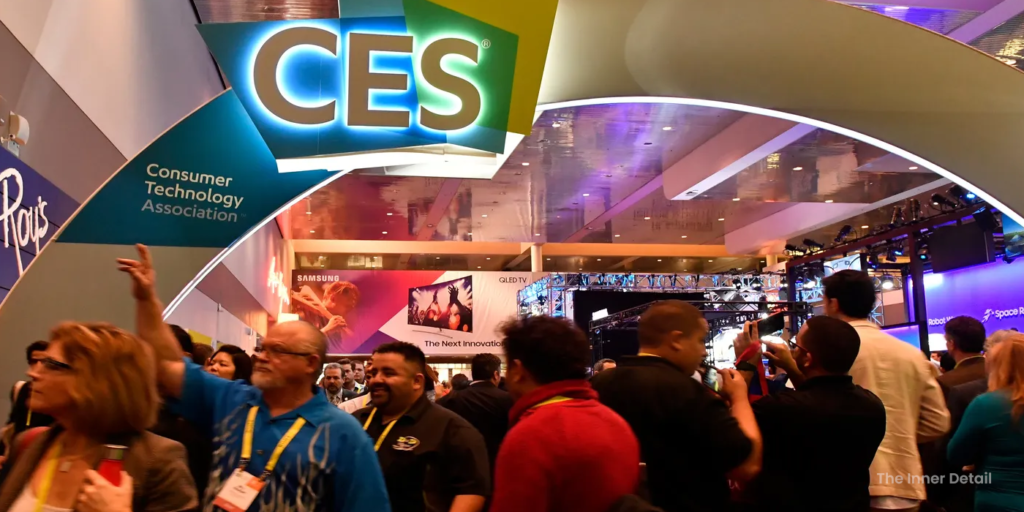You might have recently seen paintings or digital works being sold for millions as NFTs in online. Social media went a roll on this intriguing topic in recent days. A digital artist who sold a JPG file for $69 million (₹500 Crores) is one such incidence. The JPG file was a collage of 5000 images, and it was sold as NFT.
What this NFT mean? Why the curiosity of NFT is spreading across the globe like the pandemic? Find answers by continuing reading.
What is NFT? NFT stands for
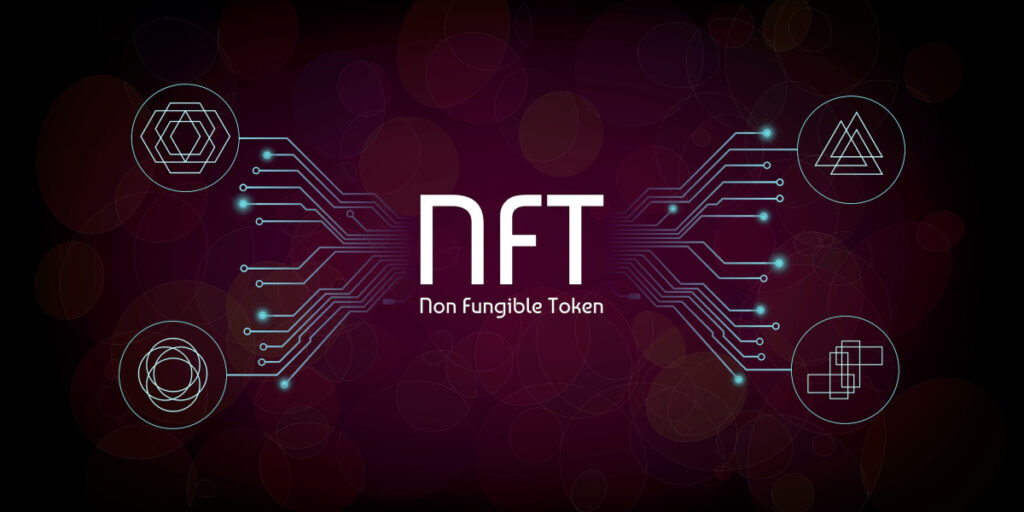
Non-Fungible Token. But this isn’t clear enough to understand. Non-fungible token is a kind of unique token that can’t be replaced with something else. Fungible literally means interchangeable, & so non-fungible explains incompatible. For example, a bitcoin is interchangeable and hence fungible, while some forms like copyrights, agreements, assets like diamonds, land are non-fungible, meaning they can’t be interchanged, only bought.
To be clearer, you can exchange a $10 currency with two $5, but you can’t barter an NFT.
Technically, NFT is a unit of data on a digital ledger, called ‘blockchain’, where each NFT represent a unique digital artefact. NFTs are commodified for digital creations such as digital art, video game features, music files & video clips. While, NFT also can be a virtual token for a real physical thing, example – Mona Lisa painting that is framed.
Why NFTs are created? How do NFTs work?
Digital paintings or any sort of digital works can be easily copy pasted or duplicated, unlike a real physical painting, which is only one of a kind. With NFTs, digital artworks are ‘tokenized’ to create a digital certificate of ownership that can be bought and sold. This gives artists or designers to own & have rights on their digital files.
Access to any copy of the original file, however, is not restricted to the owner of the token. You can use the file, say an image for your personal purpose like having it as your profile pic in your whatsapp account, but not for business or any professional purpose.
NFTs are part of the Ethereum blockchain. Ethereum is a cryptocurrency, like bitcoin or dogecoin, but its blockchain also supports these NFTs, providing extra info about the data.
What makes people to spend millions to just buy a JPG file?
This has been in practice since 1595, but physically, in the name of ‘auction’. Like the buyer who bought a painting of Jesus Christ, pen-worked by Leonardo da Vinci, for $450 million (₹3268 Crores), there are several rich art-freaks in the world, who may contribute a lumpsum for a work. They are fond of collections of paintings.
If you intrigue that a physical painting makes some sort of sense than a digital file, you are right. It just takes less than a minute to download a video by Beeple, than to buy it for $6.6 million, which actually happened.
You can download it, copy a digital file as many times as you want, including the art that’s used in NFT. Even then, rich-freaks buy them. Buying such liabilities give you something that can’t be downloaded or copied: ownership of the work (though the artist can still retain the copyright and reproduction rights, just like with physical artwork). To put it in terms of physical art collecting: anyone can buy a Monet print. But only one person can own the original.
How to earn from NFTs?
Viewing from a different perspective on NFTs, it has been a new revolution in the world to sell your works, notably digital works. If in such case, NFTs can be a good hope for artists / editors / video makers.
An NFT is created by uploading a file, such as an artwork, to an NFT auction market, such as KnownOrigin, Rarible, or OpenSea. This creates a copy of the file recorded on the digital ledger as an NFT, which can be bought with cryptocurrency and resold. Although an artist can sell an NFT representing a work, the artist can still retain the copyright to the work and create more NFTs of the same work. The buyer of the NFT does not gain exclusive access to the work, nor does the buyer gain possession of the “original” digital file. A person who uploads a certain work as an NFT does not have to prove that they are the original artist, and there have been numerous cases where art was used for NFTs without the creator’s permission.
Will people be ready to buy your works?
Yeah. As said earlier, if your work gives an astonishing look, people may pay you in millions. Give it a try!
There’s a saying in tamil, ‘Vandha Malai, Pona Mudi’, which literally means, ‘If you gain, you gain a mountain; if you lose, you lose a strand of hair’.
So, never hesitate to start!
Some of the highest bought NFTs
CROSSROAD by Beeple, at Nifty Gateway – $6.66 million
On February 24, the digital art platform Nifty Gateway announced on Twitter that a work from Beeple netted $6.6 million on the secondary sale market, brokered through the Nifty Gateway buying services. The NFT features an anti-Trump message.
CryptoPunks #7804 and #3100 at Larva Labs – $7.6 million each

These tradable CryptoPunk collectibles were both sold on March 11 for a value of 4.2k Ethereum, marking the top two sales of all time for CryptoPunk tokens. The Larva Labs website describes the CryptoPunks as “unique collectible characters with proof of ownership stored on the Ethereum blockchain.”
“Everydays: The First 5,000 Days” by Beeple, at Christie’s – $69 million
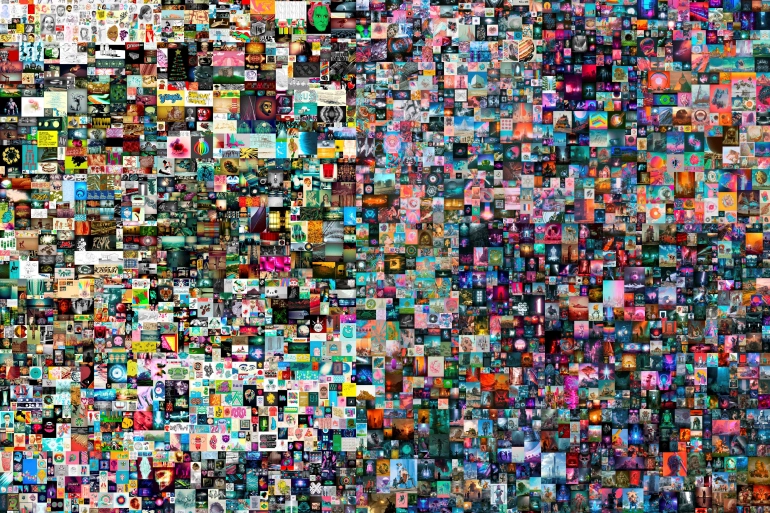
The highest-value NFT sale to date is a piece by crypto-artist Beeple put on auction at Christie’s. It was the first NFT to be sold at the historic auction house and pointed to a newfound institutional legitimacy for the burgeoning market. The art piece, titled “Everydays: The First 5000 Days,” was a compilation of 5,000 pieces of Beeple’s work.
